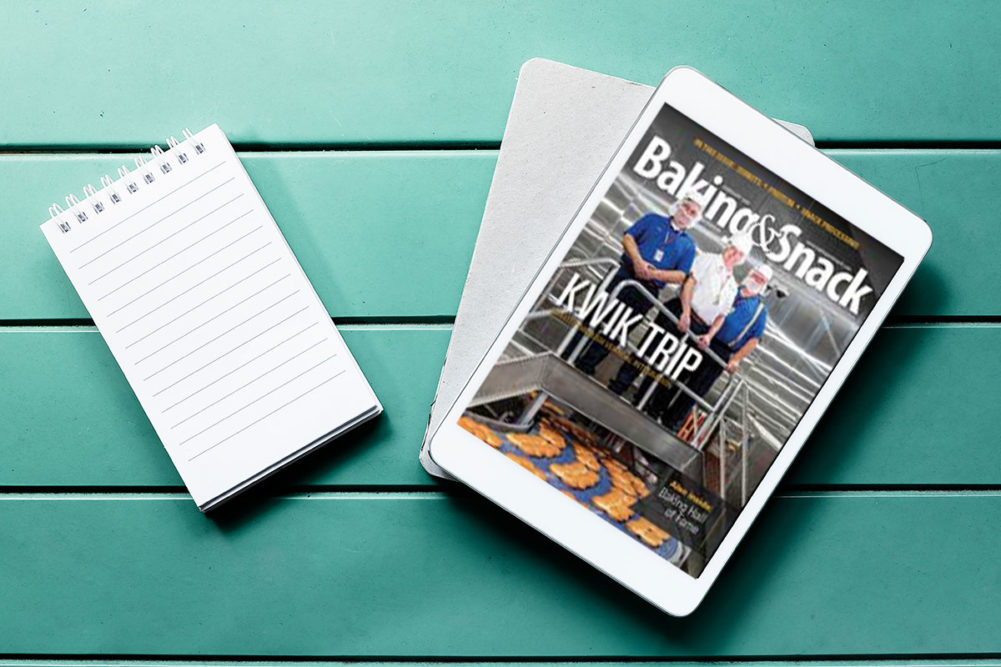On New Year’s Day, I tried to clean out my closet … gave it the old “New Year, New You” effort. But I was caught between the life coaches who remind us to purge anything that hasn’t been worn for a year and the style historians who say the trends will cycle back around in two decades.
I froze and kept everything. So, this is how I end up with innumerable little black dresses. On the upside, it was like “shopping” in the back of my closet, and the old pieces seemed new again.
Thinking of fashion makes me think about food. From butter to carbs to protein, food trends run like waves in the court of public opinion. All it takes is one influencer uncovering a new study, and certain foods will fall in and out of favor. Just look at Atkins: After reaching a pinnacle in the early 2000s, it’s making a comeback with Rob Lowe as the spokesperson … and it now includes bread (low carb) on the menu.
But it looks like the cycles have been turning for much longer. I recently met a gentleman named Richard Charpentier, owner of Baking Innovation, a consulting firm based in Philadelphia. Mr. Charpentier has worked in R.&D. for companies including Hostess and Flowers Foods, and today, he tracks trends the old-school way: by reading books. One of his most recent reads was written in French in the 1700s, and it turns out, Mr. Charpentier told me, celiac was a known disorder even in mid-century France. The prescribed treatment? Sourdough.
Today, sliced pan bread is suffering from flat and declining sales, the likes of which the market hasn’t seen in, well … ever. That sparked a couple questions around the Sosland Publishing water cooler: Why is it happening? And how can baking companies turn it around? We embarked on a project to find the answers, and last month, Baking & Snack launched a new podcast, Since Sliced Bread, that celebrates that past, present and future of commercial baking.
In the inaugural episode, Josh Sosland, editor of Milling & Baking News and president of Sosland Publishing, noted that while there has been an influx of fad dieting over the past couple of decades, there also has been less innovation than, perhaps, over the past 50 years.
Mr. Charpentier agreed. While there’s no denying the downturn in sliced bread consumption, the opportunities for reinvigoration could very well be hiding in the old standbys. Mr. Charpentier emphatically believes that innovation is key. But while bakers should think beyond new flavors and line extensions, there’s really no sense in trying to reinvent a food that’s almost as old as the wheel.
By looking longitudinally at bread consumption, bakers can track some interesting habits. Or they can seek innovation through ancient grains and classic ingredients … and then turn the whole thing on its head. After all, there was a time when sliced bread itself was the next big thing.
Fashion trends typically start with the classics. Experts say it all begins with a basic piece — a little black dress — upon which the real innovation is built. I doubt we’ll find the next big thing (in food or fashion) in the back of my closet, but perhaps the key is hiding somewhere in history or in your archives.
After all, if Dr. Atkins came back around, so can we.
This editorial is from the February 2020 issue of Baking & Snack. To read the entire issue, click here.






